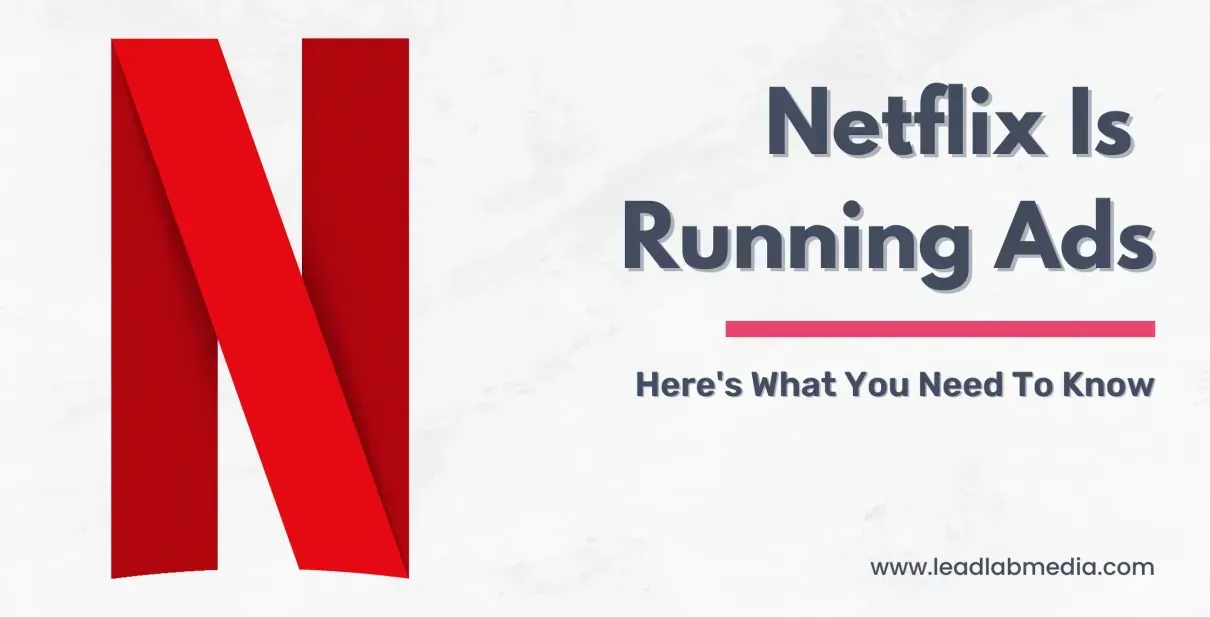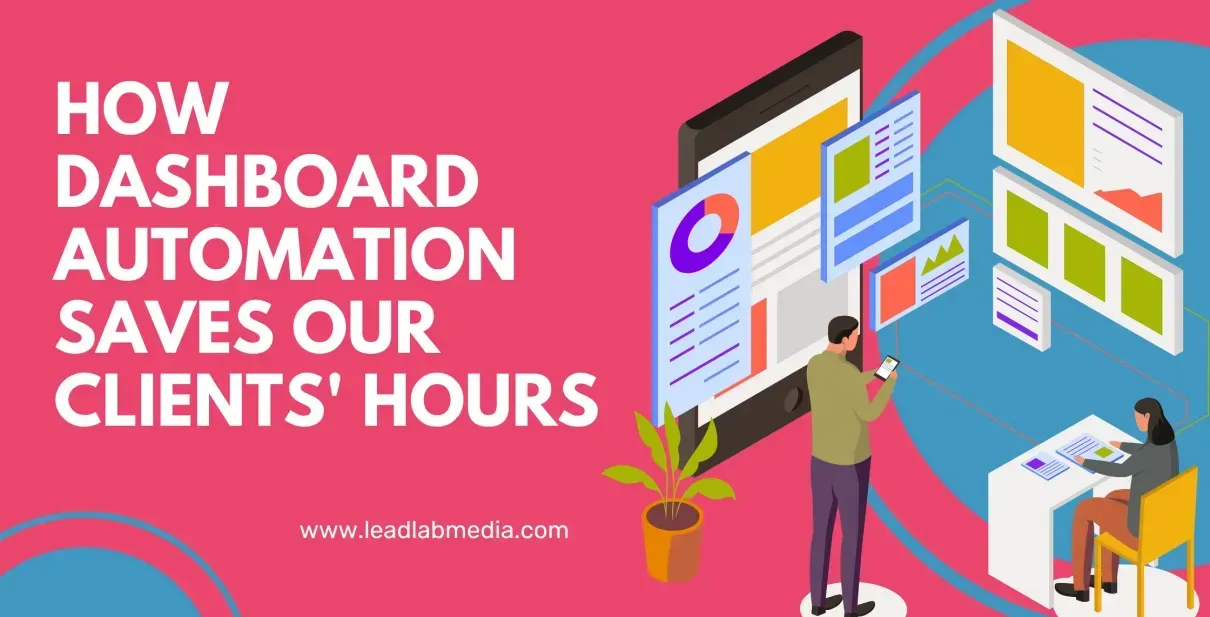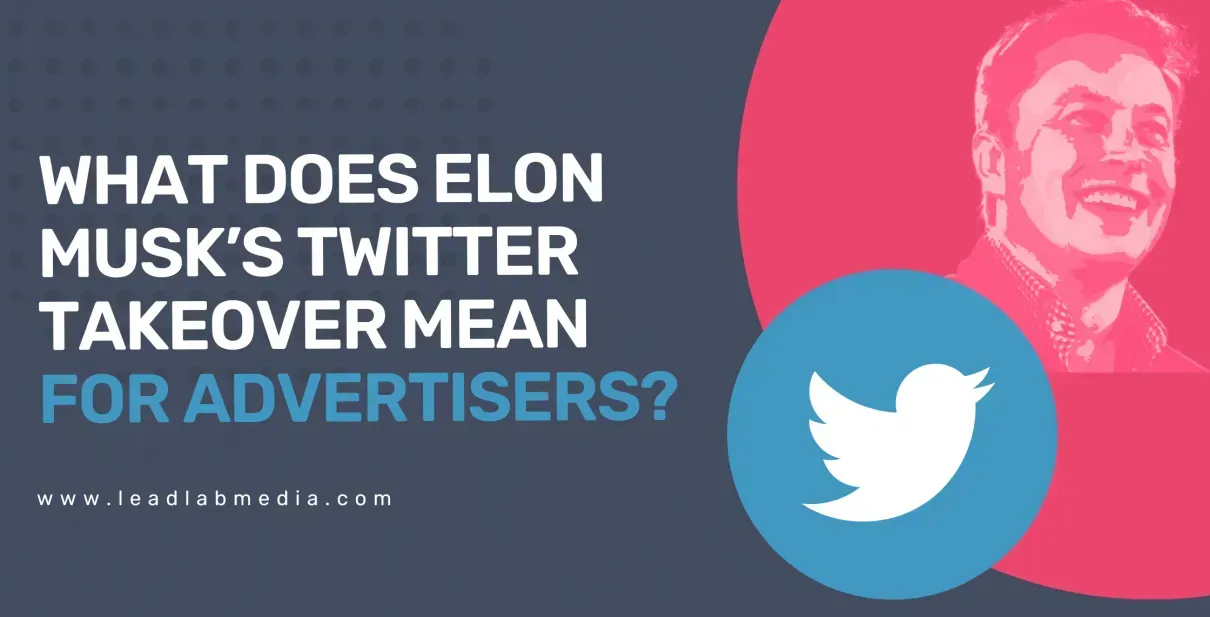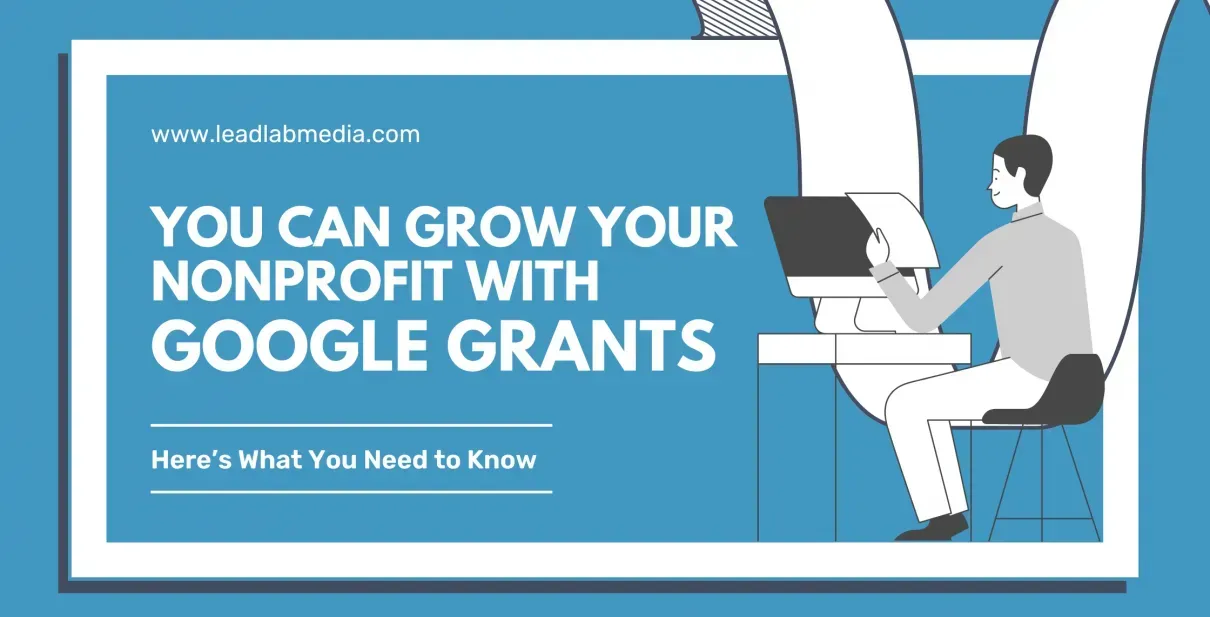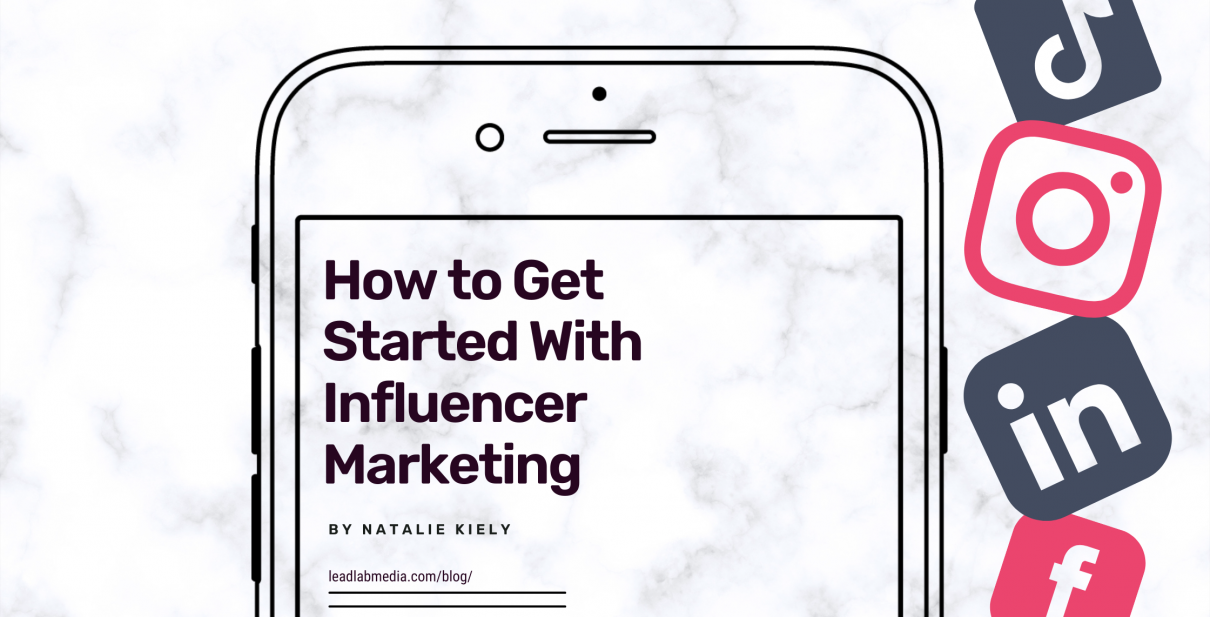DV360 vs. Google Ads
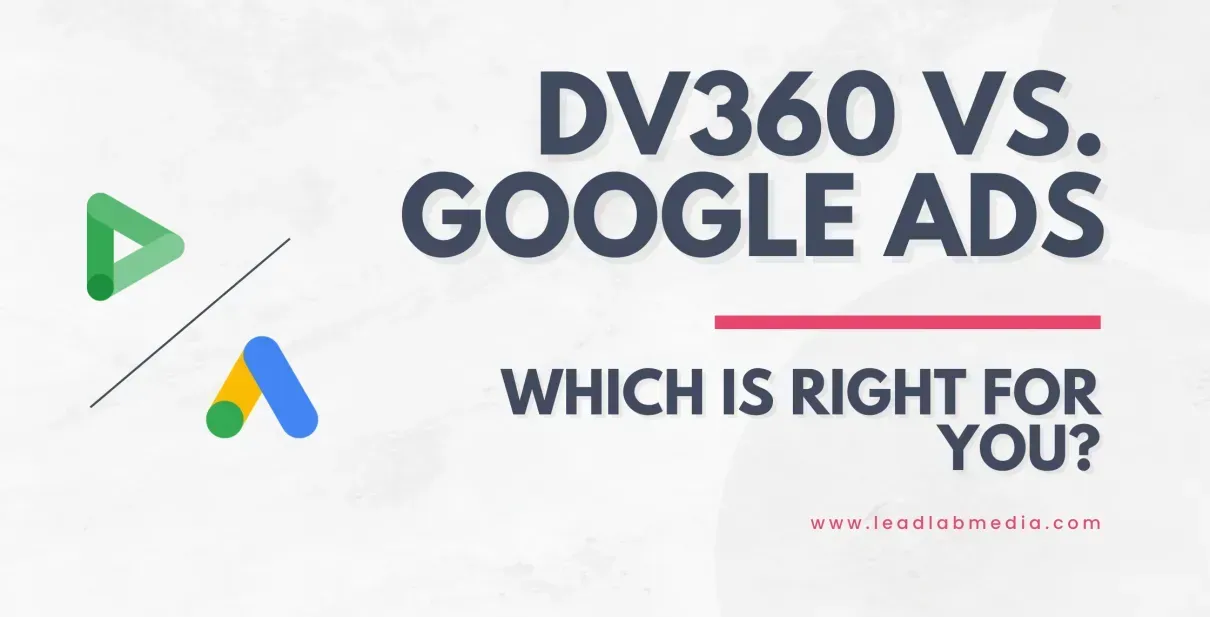
Which is Right for You?
Google has two main ad buying platforms: Google Ads and DV360. Both platforms are widely used by advertisers due to their access to Google inventory and seamless integration with other Google Marketing Products (GMP) such as Google Analytics, Google Tag Manager, and Campaign Manager 360. Most advertisers use these two platforms for different types of media buys, with Google Ads being used mainly for search and Google property buys, and DV360 used for programmatic display or video buys across the web. However, there are multiple ad types that can be bought on both platforms and knowing the differences can help align your campaign goals and budget.

*not inclusive of all ad types in both platforms
Display and YouTube are the two common ad types that are within both platforms, as shown in the table above. The decision on where to run each ad type will depend on your campaign audience, goal, and budget.
Audiences
Google Ads and DV360 both have access to Google’s vast amount of owned data, including in-market, affinity, intent, etc. audiences. This data comes from online signals such as searches, browsing behavior, etc. However, DV360 operates like a traditional DSP and provides access to numerous 3P data sources as well as PMP deals and negotiations. While Google’s owned data encompasses many different topics and interests gathered from user behavior and searches, niche targeting often requires additional 3P data to reach the right consumers.
When evaluating platforms for your media campaign, review the target audience and do research into each platform to see what the best fit is. For example, B2B campaigns often require much more detailed targeting that is only available via 3P audiences, so Google Ads alone may not reach the right audience.
Reach
DV360 has the option to customize different ad exchanges and web inventory within the DSP, allowing you to serve ads to numerous different websites at once. While Google Ads does allow you to run ads on their “Display Network”, it is limited to only Google’s exchange. Running on DV360 allows your ads to go further and reach users across the web.
For example, if a campaign objective is mass awareness and you want to reach the most people across the web, then DV360 would have much more inventory to allow you to serve ads to users wherever they are. It is best practice to review the estimated audience size in each platform to see if it aligns with the budget and goal of the campaign. If the audience size is too small to spend, then another platform or audience adjustments may be needed.
Budget
One of the main benefits of Google Ads is that there is no minimum budget needed to advertise on the platform. DV360 has monthly budget minimums that can be high for many advertisers (some report $50k a month), but can be bought for agencies as a whole or through resellers. Resellers can help advertisers buy on DV360 if they don’t meet minimums, but will still charge a certain fee to access the platform.
For new clients testing out paid media, it is recommended to start with Google Ads first to see how audiences respond to different messaging and test out tactics with a smaller budget first. If more budget is available and more robust audience targets are needed, then test out a DSP buy.
How to Decide Between the Two?
Google Ads is typically the platform recommended for advertisers to start with due to the lack of budget minimums as well as access to numerous different Google inventory properties and audiences. If your campaign has enough budget and requires more reach, audience targets, or optimizations, then DV360 would be the platform recommended. Oftentimes, advertisers will use both of these platforms since there are ad types unique to each of them, so they create an omnichannel approach to reach users wherever they are.
LeadLab Media has expertise in both platforms and can help you make the best decisions for your campaign. Schedule a consultation with us and we can walk through a customized media strategy that fits your needs to reach your campaign goals.



